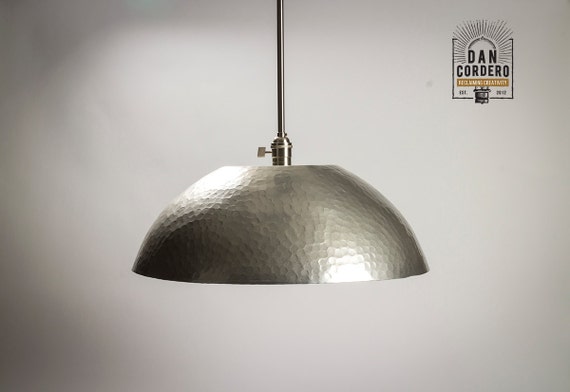
This Picture is rated 38 by BING for KEYWORD Brushed Nickel Dining Room Light Fixtures, You will find it result at BING.COM.
IMAGE Deep Information FOR Brushed Nickel Edison Pendant Light Fixture Pendant Kitchen Light 's IMAGE| TITLE: | Brushed Nickel Edison Pendant Light Fixture Pendant Kitchen Light |
| IMAGE URL: | https://img0.etsystatic.com/126/1/6829066/il_570xN.952164690_i7tv.jpg |
| THUMBNAIL: | https://tse1.mm.bing.net/th?id=OIP.nAvT8rTUrMXbQyhRfUtfLQEsDO&pid=Api&w=261&h=181 |
| IMAGE SIZE: | 19662 B Bs |
| IMAGE WIDTH: | 570 |
| IMAGE HEIGHT: | 392 |
| DOCUMENT ID: | OIP.nAvT8rTUrMXbQyhRfUtfLQEsDO |
| MEDIA ID: | 1D9A887A4AE819E3E14279D40E5B20C51C3694F4 |
| SOURCE DOMAIN: | etsy.com |
| SOURCE URL: | https://www.etsy.com/listing/288537145/hammered-gold-brushed-nickel-edison |
| THUMBNAIL WIDTH: | 261 |
| THUMBNAIL HEIGHT: | 181 |
Related Images with Brushed Nickel Edison Pendant Light Fixture Pendant Kitchen Light
Dining Room Brushed Nickel Pendant Light Lighting Ideas Brushed Nickel
Light Vaxcel Monrovia Brushed Nickel Dining Room, Living Room
Shop Portfolio Lyndsay 9Light Brushed Nickel Chandelier at Lowes.com
nickel light fixtures chandeliers dining room light fixtures brushed
A dining room is a room for devouring food. In modern times you typically adjacent to the kitchen for convenience in serving, although in medieval occasions it was often on an entirely different floor degree. Historically the dining room is furnished with a rather large dining table and a number of dining chairs; the more common shape is generally rectangular with two armed demise chairs and an even number of un-armed back chairs along the long backs .
History
In the Middle Ages, upper class Britons and other European nobility in palaces or large manor houses dined in the great corridor. This was a large multi-function room capable of seating the bulk of the population of the house. The family would sit at the head table on a heightened dais, with the rest of specific populations arrayed in order of lessening grade away from them. Tables in the great passageway would tend to be long trestle tables with terraces. The sheer number of people in a Great Hall necessitate it would probably have had a busy, bustling atmosphere. Suggestions that it would also have been quite smelly and smoky are probably, by the standards of the time, unfounded. These rooms had huge chimneys and high ceilings and there would have been a free pour of air through the several door and window openings .
It is no doubt that the owners of such belongings began to develop a delicacy for most intimate gleans in smaller' parlers' or' privee parlers' off the primary hall but this is thought to be due as much to political and social changes as to the greater solace is guaranteed by such rooms. In the first instance, the Black Death that ravaged Europe in the 14 th Century caused a shortage of labour and this had led to a breakdown in the feudal system. Likewise the religion abuses following the dissolution of the monasteries under Henry VIII induced it unwise to talk freely in front of large numbers of people .
Over time, the nobility took more of their banquets in the parlor, and the parlour became, functionally, a dining room( or was split into two separate rooms ). It also moved farther from the Great Hall, often accessed via grand ceremonial staircases from the dais in the Great Hall. Eventually dining in the Great Hall became something that was done primarily on special moments .
Toward the beginning of the 18 th Century, a motif emerged where the ladies of the house would recede after dinner from the dining room to the drawing room. The gentlemen would remain in the dining room having alcohols. The dining room tends to take on a more masculine tenor as a result .
Comments
Post a Comment